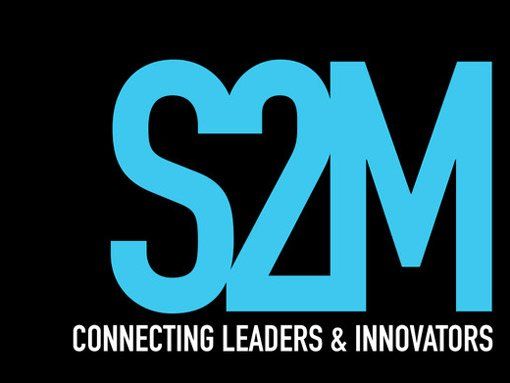Front-end development trends this year; What companies will be looking for in 2018
Front-end development looks to be evolving at an ever-increasing rate. With the changing of huge quantum leaps in back-end technologies like cloud and serverless, it doesn’t seem as surprising that front-end development has evolved alongside it. Aside from the obvious “React vs Angular” debates, there seems to be a few other trends boiling below the surface.
Here are the top front-end development trends of 2018, and what companies will look for in years to come.
1. Mongo DB
To some this seems like old news. MongoDB has copped some flack as late, for security reasons to its overvaluation as a company when it IPO’d. Despite the negative press (covfefe), people still need to recognise that the utilisation of Javascript for NoSQL databases is on the rise. It is somewhat of an irony in the development space, that front-end development is trying to make back-end redundant through NoSQL, and back-end is trying to make front-end development less empowered through serverless.
The biggest Front-End Development trend in 2018 seems to be the industry-wide experimentation with Javascript for back-end. Though this is still a long way off from being industry standard, it’s not hard to imagine a future where NoSQL databases are industry standard because of the lack of maintenance that’s recquired, and of course storage costs.
2. Gatsby
In the web development space, particularly in the gig economy for freelancing, there seems to be increasing demand for static site development. For premium blogs to high traffic websites, in many instances Wordpress simply doesn’t cut it. Static sites have arisen as a genuine alternative to Wordpress in recent years, stemming from their high security standards and ability to handle traffic at volume. One of the only issues with static sites is that they are notoriously difficult to turn into customisable designs without buying a theme.
Gatsby looks set to disrupt this sector by combining static sites with front-end Javascript libraries like React. That way, when a site needs to host its content, the content can be outsourced to a static site but maintain the same React library as before, making it look like they stem from the same site. This leaves less burden upon hosting, and ultimately a cost saving. Some of my clients have even begun overhauling their home pages and blog pages to reduce the hosting burden.
3. GraphQL
GraphQL seems to be an emerging trend for organisations struggling with their own REST APIs. Imagine building a Facebook-esque social media-style feed, with likes and comments. To create a given user feed, the list of posts in the feed need to be compiled from requesting at the next database endpoint. However, if you operate under this model you may soon find the application becomes exponentially slower if this data comes from different sources. To combat this, GraphQL allows you to use a single endpoint to call separate data sources. Many SaaS companies are adopting GraphQL for their data feeds, as it will ultimately assist with their scalability in the long run.
While there are many other front-end development trends appearing, these are the ones that are just below the surface, and on the verge of entering into the mainstream. Keep an eye out for their emergence this year!






